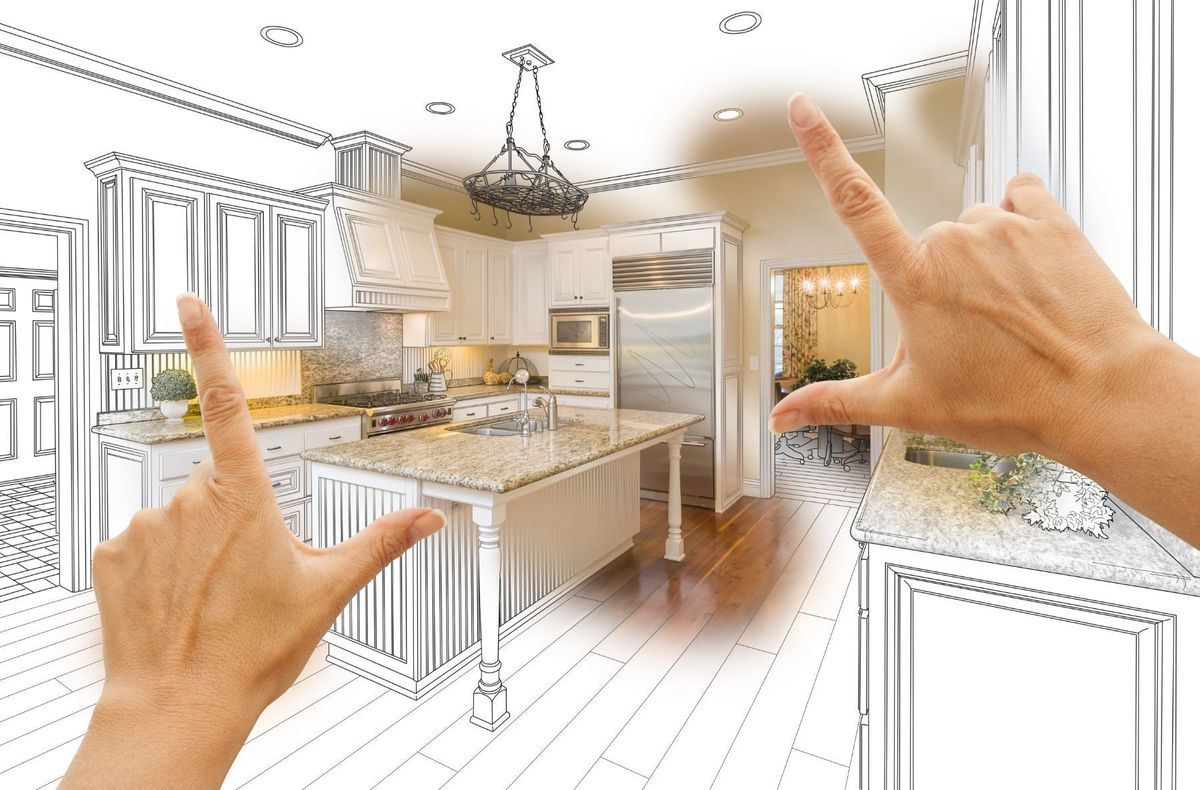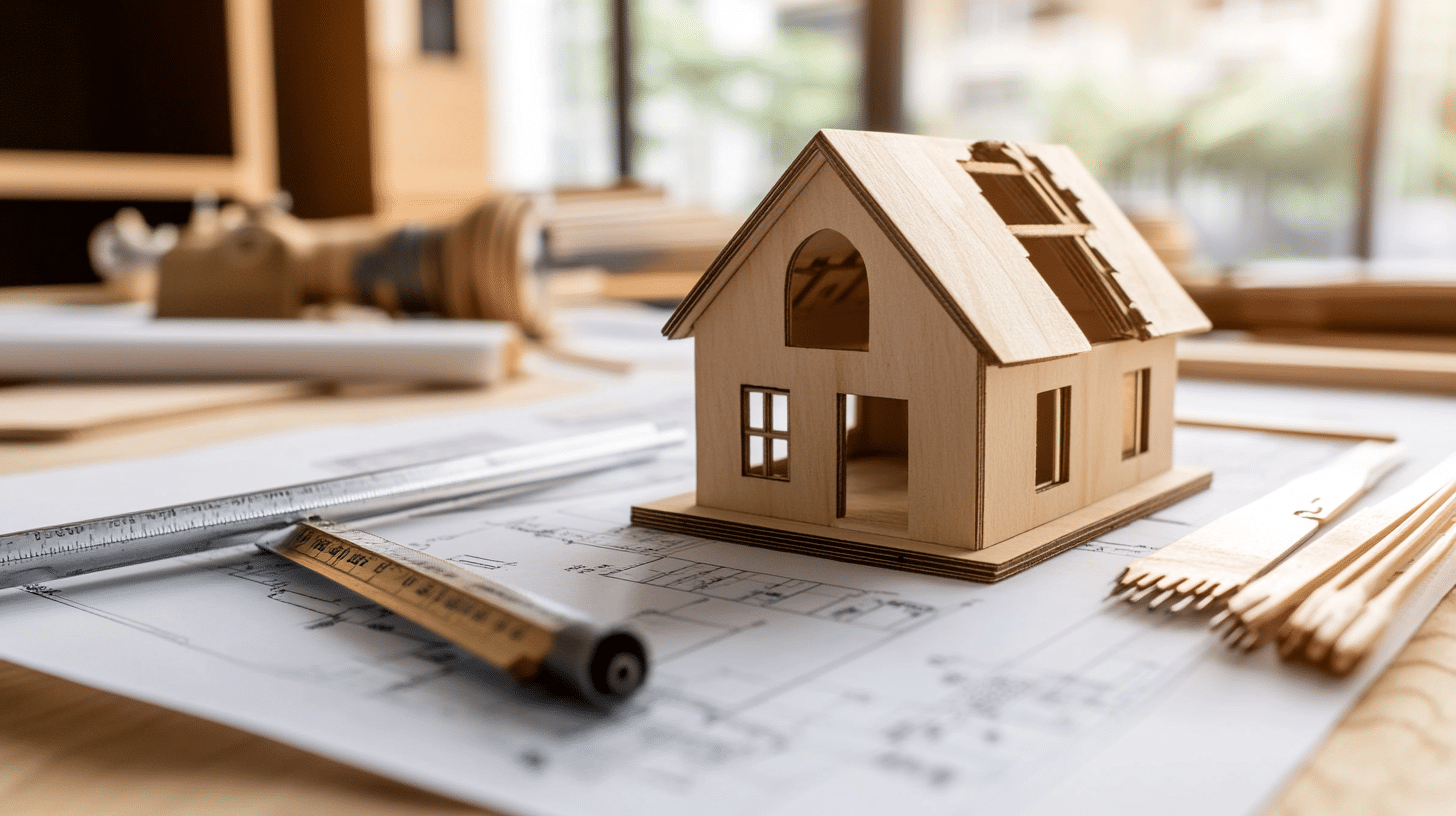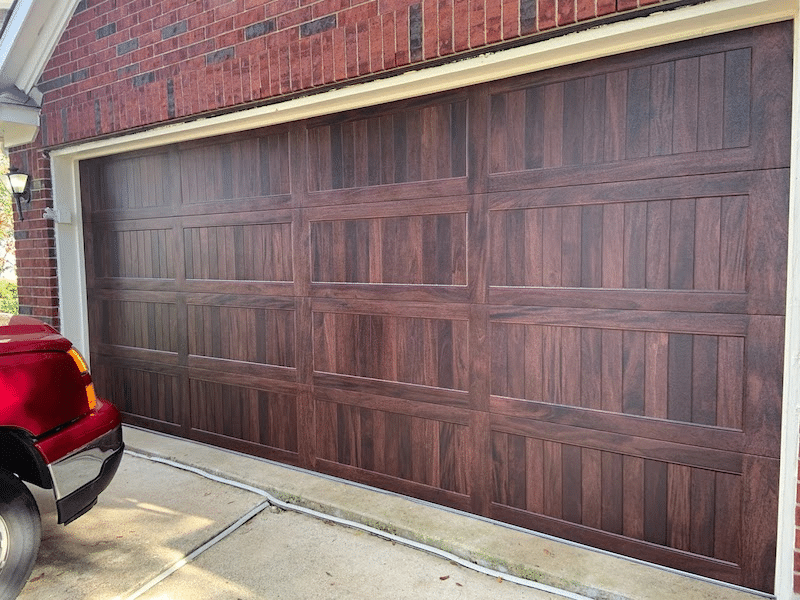Smart Ways to Save Big on Home Renovations Without Breaking the Bank
Renovating a home can be exciting, but it can quickly become a financial burden if not managed well. Homeowners often start with ambitious visions yet find themselves caught off guard by unexpected costs and budget overruns. However, impressive results can be achieved with careful planning and strategic choices without emptying your savings. Here are practical ways to save money while achieving your desired upgrades during your home renovation.
Plan Thoroughly Before Starting
One of the most important aspects of a cost-effective renovation is thorough planning. Before swinging a hammer or ordering materials, take time to map out every detail of your project. Consider what changes are necessary versus what would be nice to have. Identifying priorities early allows you to focus your budget on essential upgrades, such as structural improvements or energy efficiency, while deferring cosmetic changes that can be done later.
Additionally, detailed planning helps avoid costly changes during the renovation. Changing the design halfway through can increase labor costs and wasted materials. Spend time upfront creating a clear vision of what you want. This will help prevent surprise expenses and ensure the project stays within your budget.
Do-It-Yourself Where Possible
Labor costs are often among the highest expenses in any renovation project. While hiring a professional to tackle complex electrical or plumbing work is advisable, homeowners can perform plenty of tasks themselves to cut costs. Painting, installing new light fixtures, or even laying tiles are projects many can handle with some research and practice.
Online tutorials and community workshops can provide helpful guidance for those unfamiliar with DIY. Remember that while DIY can save money, it’s essential not to take on tasks beyond your skill level. Mistakes can lead to additional expenses for fixing the work later. Focus on simple, low-risk projects, leaving the more technical work to the professionals.
Source Materials Wisely

Another effective way to save during renovations is by sourcing materials smartly. Brand-new materials can be costly, but some alternatives offer the same quality without the high price tag. Look for surplus materials at discount warehouses or consider second-hand options from local resale stores. Many retailers offer discounts on overstocked or discontinued items, perfect for smaller projects like bathroom upgrades or kitchen backsplash installations.
Online marketplaces can also be great places to find gently used materials. After completing their home projects, people often sell leftover tiles, wood, or fixtures. You can find deals that significantly reduce your material costs with patience and a keen eye for quality. Reclaimed materials add character, come with a smaller price tag, and can contribute to an eco-friendly renovation.
Leverage Financing Tools
Renovation projects often require homeowners to consider financing options. Understanding these options is crucial for managing the overall cost-effectively. For instance, using tools like an annual percentage yield calculator can help you determine the best savings accounts for setting aside funds for your renovation. By comparing different savings options, you can find the ones that offer the best returns, allowing your money to grow while you plan your project.’
Beyond savings, having a reliable checking account can also play a vital role in managing renovation expenses efficiently. Choosing the best checking account option ensures easy access to funds, seamless transactions, and minimal fees, helping you stay on top of costs as your project progresses. Additionally, consider low-interest loans or lines of credit tailored specifically for home improvements. Comparing different financing methods can help you choose the option that minimizes interest payments and avoids unnecessary fees. If you’re planning a significant renovation, these tools can significantly affect how much you spend over time. Being financially informed is key to making decisions that align with your budgetary constraints.
Focus on Energy Efficiency
Energy-efficient upgrades may seem a significant investment initially but can lead to substantial savings over time. Upgrading insulation, installing energy-efficient windows, or investing in smart thermostats can lower utility bills and reduce the overall cost of maintaining your home. This strategy can be particularly effective if you plan to stay in your home for several years, as the long-term savings can offset the upfront costs.
Energy-efficient appliances and fixtures are also worth considering during a renovation. Although they might have a higher purchase price, their savings on monthly utility bills can add up. Opting for LED lighting, low-flow plumbing fixtures, and Energy Star-rated appliances can improve your home’s efficiency without sacrificing style or functionality. These upgrades also add value to your home, making it more attractive if you plan to sell.
Renovate in Phases
For many homeowners, tackling an extensive renovation project all at once can be financially overwhelming. A practical alternative is to break down the project into more minor phases. By focusing on one area of the home at a time, you can manage costs better and spread expenses over a more extended period. This approach allows you to pay for each phase out of pocket, avoiding needing loans or dipping too far into savings.
Start with areas that need immediate attention, such as outdated plumbing or deteriorating floors. Once these essentials are taken care of, move on to less urgent upgrades, like new countertops or a fresh coat of paint. Renovating in phases eases the financial burden and gives you more time to explore different design options and make thoughtful decisions for each project stage.
Reuse and Repurpose What You Have

One of the simplest ways to save money on a renovation is by making the most of what you already have. Repurposing existing materials or fixtures can significantly cut costs. Instead of replacing cabinets, consider refacing or painting them. Reusing materials like flooring or countertops can preserve your budget while giving your space a fresh look.
This approach is especially effective in kitchens and bathrooms, where cabinetry and fixtures make up much of the expense. With creativity, you can breathe new life into old items, turning them into focal points of your redesigned space. Not only does this save money, but it also allows for a personalized touch that store-bought items may lack.
Shop Around for Contractors
If your renovation requires professional help, it’s crucial to shop around before hiring a contractor. Refrain from settling for the first estimate you receive. Take time to gather quotes from several contractors and compare their services. Look for those who offer reasonable rates without compromising on the quality of their work.
Beyond price, consider a contractor’s reputation and customer reviews. Opting for a slightly more expensive but well-recommended contractor can save money in the long run, as their work will likely be more reliable, reducing the need for future repairs. A good contractor will also help you identify areas where you can cut costs without sacrificing quality, guiding you toward more budget-friendly choices.
Conclusion
Renovating a home doesn’t have to break the bank. With careful planning, strategic choices, and a focus on value, you can achieve a beautiful and functional space without exceeding your budget. Whether you take on specific tasks, leverage financial tools, or source materials from affordable outlets, the key is to be mindful of each decision. When managed thoughtfully, a renovation can be a rewarding investment that enhances your home’s comfort and value, all while keeping costs in check.







